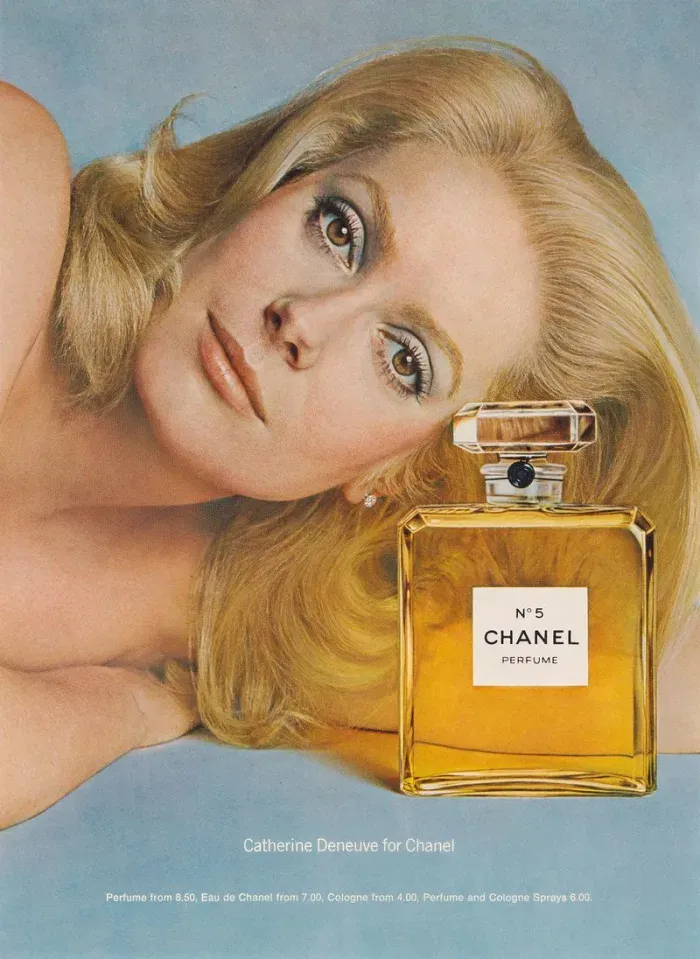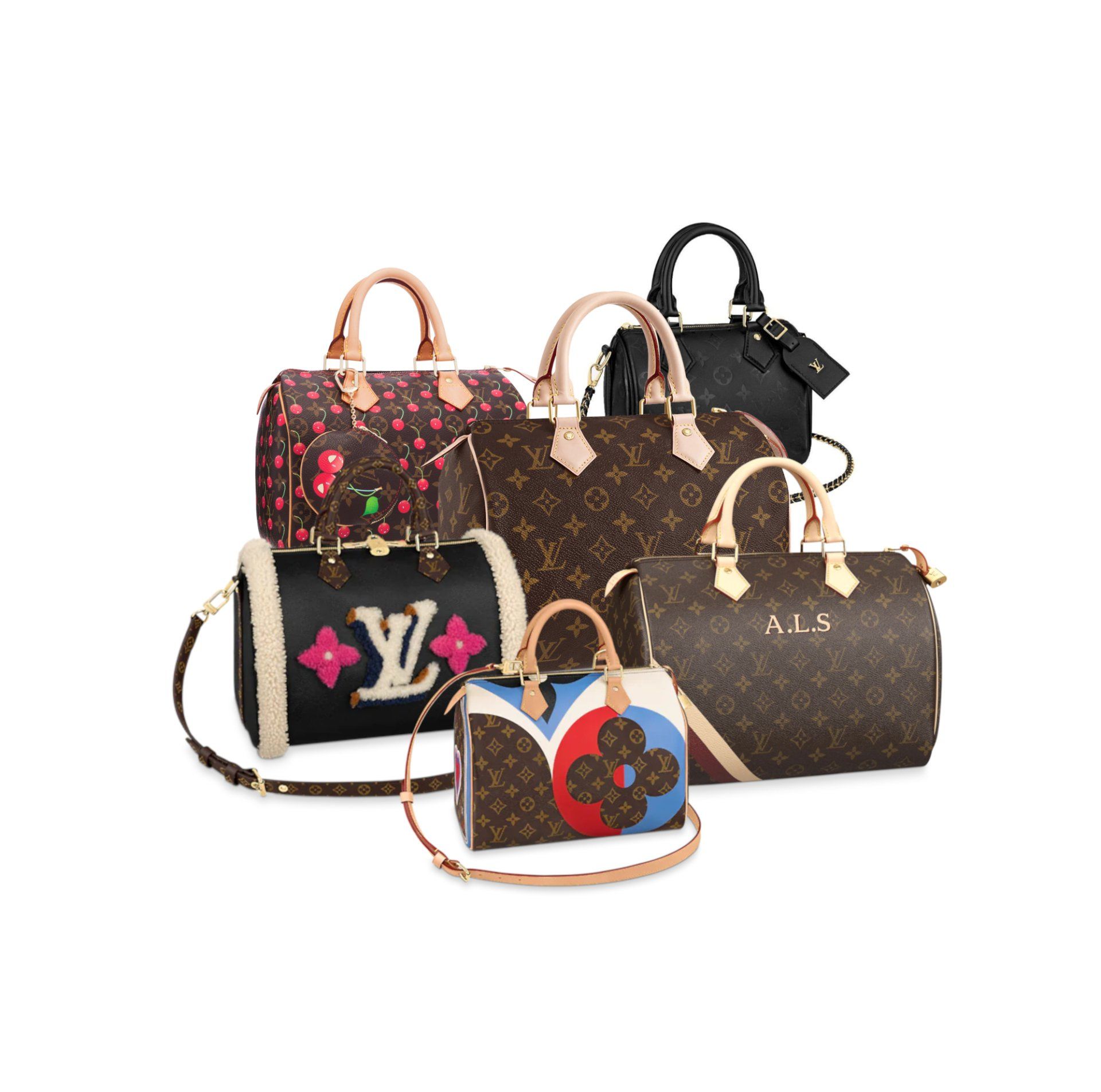Celebrating 100 Years of Chanel No. 5
Chanel celebrates 100 years since the launch of the Chanel No.5 Perfume
So let's delve into the history of the scent ...

May 5th 1921 marks the launch of the very first Chanel perfume; No.5. The perfume was created through the partnership between Gabrielle Chanel and perfumer Ernest Beaux. The scent was described as a "women’s perfume which smells like a woman."
Couturier Gabrielle Bonheur 'Coco' Chanel was a sensation within French fashion circles by the early 1920's and had an array of admirers, including some of France's most 'amorous' women. Chanel convoluted the roles of lady and mistress, and always had a playful disregard for social etiquette, so it was only right that she created a scent that epitomised her. She wanted to create a fragrance for the 'modern woman'.
Photo Credit: https://i.pinimg.com/originals
Much like her ready-to-wear designs, elements of Chanel's background were also present in the creation of her trademark fragrance. After the death of her mother, Chanel spent her teenage years in a Cistercian convent at Aubazine where cleanliness played a huge role and the smell of soap and sterility loomed in the air; these scents stuck with her for many years. It was therefore imperative that Chanels frangrance should incorporate the essence of freshness, however this was more difficult than it seems. In the 1920's the only way to create fresh fragrances was to use citrus such as orange, lemon and bergamot, which are wonderful on the nasal pallate ... but don't last very long when applied to the skin.
Whilst holidaying during the late summer of 1920 in Cote d'Azur with her lover at the time, Grand Duke Dimtri Pavlovich of Russia, Chanel learned of a perfumer called Ernest Beaux who had worked for the Russian royal family and lived nearby in Grasse (the centre of the perfume industry). Beaux was a creative craftsman, looking to test the boundaries and was intrugued by Chanel's requests. After a number of months he presented Chanel with 10 samples, numbering them from 1 to 5 and 20 to 24. She picked number five, and accordingly gave it the simple name 'no. 5'.
One crucial reason why Chanel was perhaps so drawn to Number 5, was Beaux' excessive use of the ingredient aldehydes, which smells a lot like soap and is often found in detergents, giving them their underlying lemony and 'clean' scent. The nose presented her with a visionary composition, reminiscent of her childhood in the convent by the unprecedented excessive use of aldehydes. 'For this new fragrance, she selected a bottle with a revolutionary design, adorned with a white label and topped with a faceted cabochon.'*
Chanel later said of the fragrance; "It was what I was waiting for. A perfume like nothing else. A woman's perfume, with the scent of a woman."
Photo Credit: https://yesterdaysperfume.typepad.com/yesterdays_perfume/2010/06/chanel-no-5-1921.html
During a lunch with Beaux and friends, Chanel sprayed some of the perfume around the table, and as they sat, ate and chatted, women were stopping to ask what the scent was. This was prior to it being released for sale, and it was at this moment Chanel stated that the perfume was going to be revolutionary; as it was quite literally stopping women in their tracks.
Photo Credit: https://www.thebigbook.co.uk/chanel-no-5/
'Jacques Polge, the Chanel nose since 1978, reinterpreted his predecessor's composition in 1986, to create a more voluptuous version of No.5: the eau de parfum.'*
So which notes exactly is it that make up this 100 year old perfume? Well, it can be described as the following:
Top notes: aldehydes, bergamot, lemon, neroli
Heart notes: Jasmine, rose, lily of the valley, orris, ylang-ylang
Base notes: Vetiver, sandalwood, cedar, vanilla, amber, civet, musk
*paraphrased from chanel.com
An image of a Chanel No.5 bottle and atomiser from 1958, both from our Directors personal collection
To celebrate 100 years of the fragrance, Chanel have released a limited-edition collection entitled "Factory 5." These 17 limited edition pieces resemble mundane household items, such as paint cans and tubes, which all encase body care formulas that have been infused with the no.5 fragrance. The reason behind chosing to encase the formulas inside packaging that resenbles a multitude of every day items was to illustrate the versatility of the perfume.
Thomas du Pré de Saint Maur; the brand's Head of Global Creative Resources for Beauty and Fragrance spoke of the reasons behind the packaging designs, and said the following: "By reusing these everyday objects, No.5 has subverted their functions, demonstrating once again that luxury is in the experience we have of things. Dressing these objects with the No.5 identity, they become luxurious, iconic products, while keeping their own designs ... whether it’s a tube of paint, a tea tin or a burette, all are universal, timeless objects that we have dressed in No.5’s visual codes so as to transfigure them."
Upon searching for these limited edition pieces on Chanel's website, you are invited to take part in an iteractive walk through of the items seemingly being made in a factory setting; very appropriate, for it perfectly resembles it's name 'Factory 5'.










